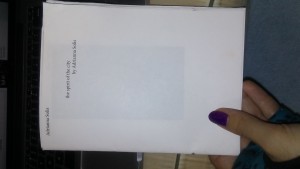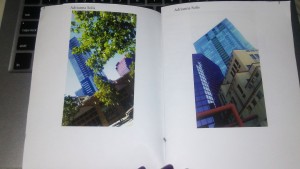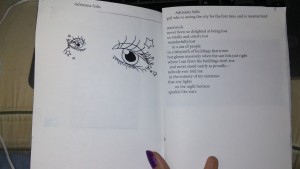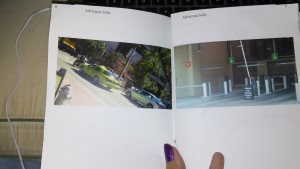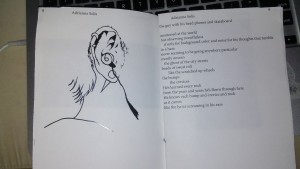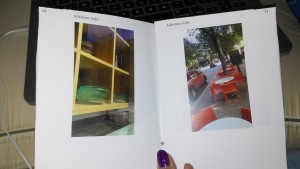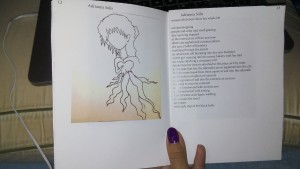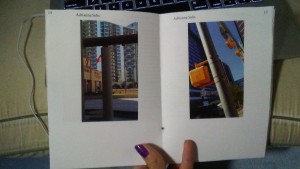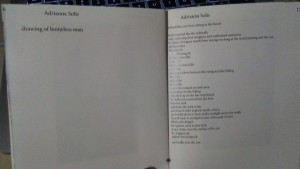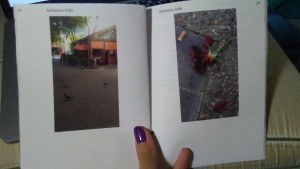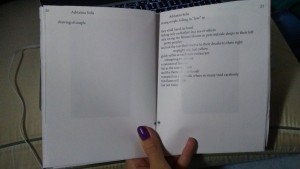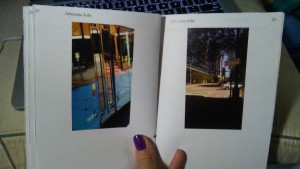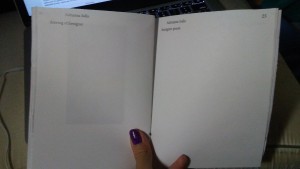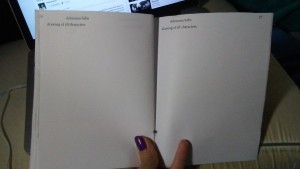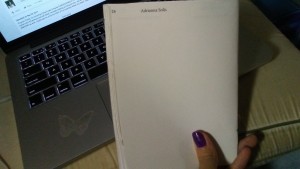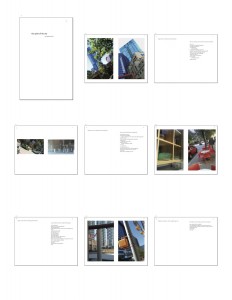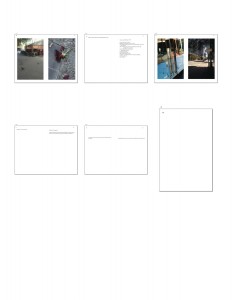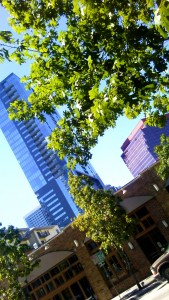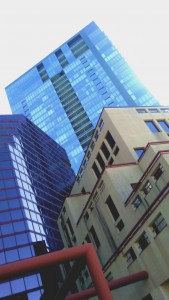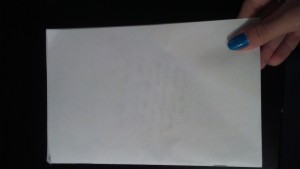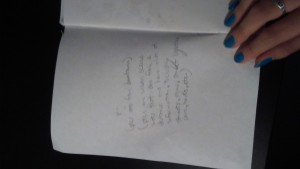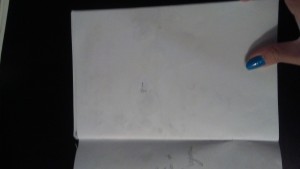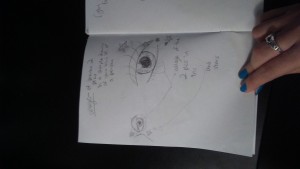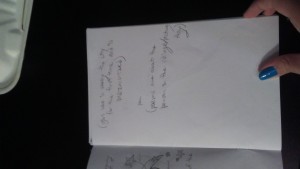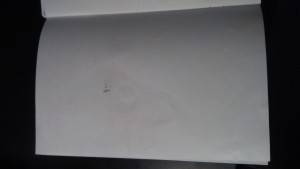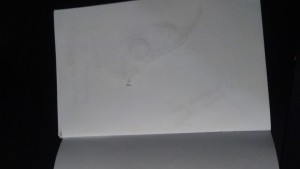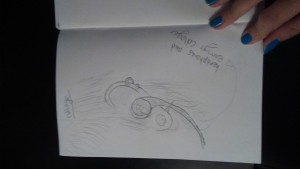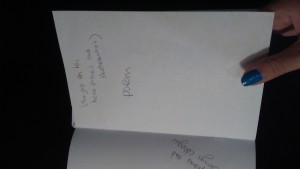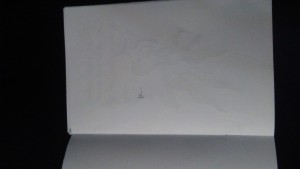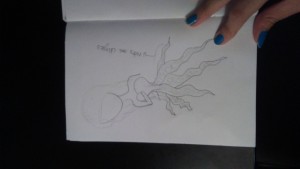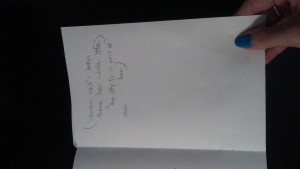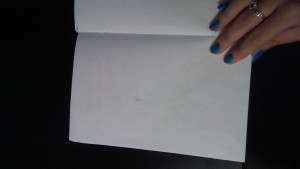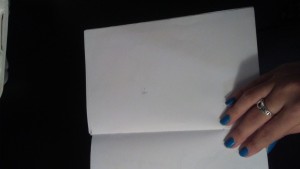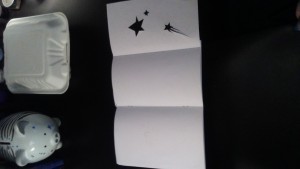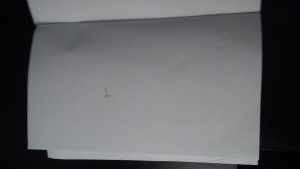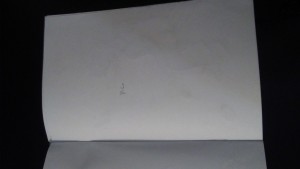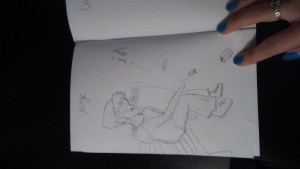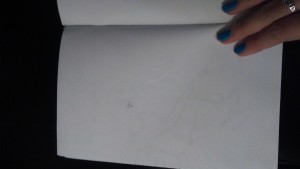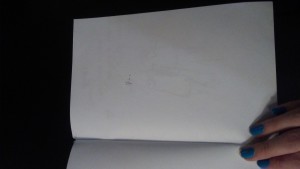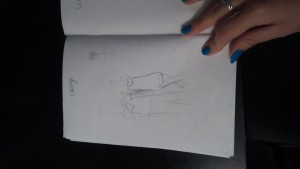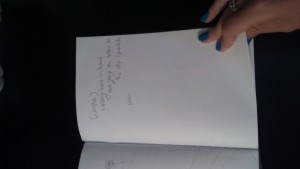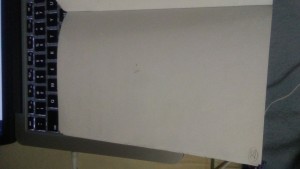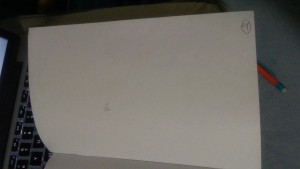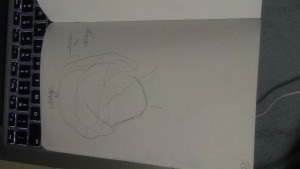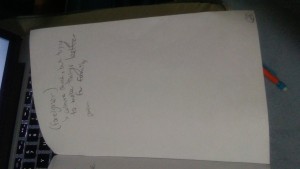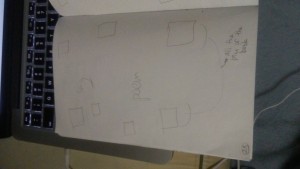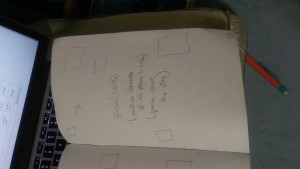Part 1:
Bill Kennedy is mainly a photographer. He sees his craft as research. He said this research has two branches, pure research and what he calls “applied research.” Pure research is more straight foreword photographs that solely capture information about certain people or places, which he had to do when he had more journalism type jobs. Applied research, which is something he is way more interested in nowadays, has to do with playing around with photographs to capture your individual perspective and artistic viewpoint. He does this by taking photographs of simple, everyday objects and abstracts them heavily beyond recognition through Photoshop.
As an artist with a passion for vibrant color, I was fascinated by his work. It’s remarkable to think that his pieces are photographs of objects or at least were originally, because they look like abstract landscapes. With the shapes and colors, they almost look like paintings. His tampering with the “temperature” of the photos in Photoshop actually does make the viewer feel cold or warm. As a poet and lyricist, I was also fascinated by the titles. Some artists just slap on a title that simply describes what is depicted and some even choose to leave their works untitled. But Kennedy’s titles are lyrical and thought-provoking. They further the viewer’s imagination and allow it to run wild in the piece. It welcomes the viewer to open up his or her imagination and make their own images and ideas as to what the shapes are, almost like naming the figures of clouds on a summer afternoon. Some of his titles that come to mind are “Winter Midnight” and “The sun and rain and cabin window.”
Hollis Hammonds creates detailed pen drawings and art installations that can be quite massive. She has a variety of projects that range from an attempt to draw all the objects from her home like the artist, Elise Engler, in her piece “Everything I Own,” (she said she “only” made it up to 200) to a variety of pieces that study storms and weather, to detailed collages, which include what she calls asteroids, or floating balls of a multitude of objects, to narrative combinations of image and text of adventures of her 5-year-old “adorable” self. hating consumerism
I feel something distinctively healing in her work. When I look at her works, I feel almost relieved. She has briefly shared with our class her experiences with depression, breakups, and during her presentation, deaths and her house burning down. I feel like the common focus on chaos in her works is all of those conflicting thoughts and emotions from those events coming out. When I look at her work, I feel relived because I feel as if she had purged those tornados of thoughts and surges of emotion by getting them out of her system and into the material world for her to look at. I feel personal relief what I look at her work, because I use art in the same way. There is something almost empowering of capturing all the chaos that is vague and abstract in your soul and bringing it all out of you and in front of you for you to look at objectively. I feel relieved when I look at it, like the relief you feel after you cry after a period of increasing tension, throwing up after a period of bodily discomfort, the quiet after a storm. My favorite work of hers is “House on Fire.” The flickering lights in the background makes for mesmerizing dark beauty. I was also fascinated with her piece titled “Memory” which depicts the concept of how when someone dies, you gather all the superficial objects that belongs to them.
Alex Robinson does minimalistic art, that seeks to find the something in the “nothingness.” It is a play on perception. She created works like these, which felt like her, but then her “world collapsed” when she had kids. She then created less and created more colorful pieces. She is now able to return to the work that feels more like her, which is the more simplistic side of art. I thought it was interesting how she took pictures of her empty apartment, to study “the light and sensitivity of the space.”
I did not care too much for her work. I can respect her as a fellow artist, but I just do not resonate with simplistic art. I more resonate with the chaos and detail of Hollis’s work and the colors and abstraction of Kennedy’s work.
Tammy Ruben is mainly a 3-dimentional artist. She plays with senses, color, texture. She makes her objects a smaller size because of wanting to bring people in, rather than like giant murals where people must draw back. She wants people to get closer, but not to the point of being able to touch it. She wants to show through the sensation of wanting to touch her works but can’t how we as humans have all these desires and we pursue them but we never fully satisfy our longing.
It could be that it was my last class before supper or the colors and shininess of the objects, but I was not surprised when she said that some of her viewers have commented that they want to eat or lick her works. Her objects looked like sugary treats, like cupcakes and candy. My favorite was the piece of the Ku Klux Klan hats with eyeholes. The hats were so visually interesting in that they were blue and bedazzled. I loved her concept that the hats look innocent and “almost adorable” as she put it when they are separate, but become ominous when they come together.
Joe Vitone is a photographer and self-proclaimed “cowboy artist.” In his presentation he shared his photographs specifically form his time in Valentine, Texas. He called his collection of photographs “Valentine and Beyond,” which I find fitting because it not only captures pictures of people and places in Valentine but also the history and stories of those people and places. He shared several of those stories with us, including the individual stories of the wife and daughter of a rancher. His fascination with animals showed up in several of his pictures, including the ones that depict what he calls the “cowpocalype,” or the process of branding and castrating of cattle.
I noted during his presentation that a lot of his photographs are in black and white. I think several of his photographs are black and white so the viewer can see the action taking place more. It is less something to please to eye, but more a part of a story that the viewer wonders about.
Part 2:
I am an ambitious person so I have several goals. Aside from becoming an art teacher, I want to be a singer in my Christian rock band, Tears of the Sun, I want to be a fashion designer, a free-lance artist. I am taking small, tangible steps towards those dreams. For the band, we do not have all the instruments yet, but every day I practice my singing. I Facebook message my favorite singers, asking them advice for vocal performance, and some of them have actually replied back. Apparently, several of them have credited the same DVD. I ordered this DVD yesterday actually. I created a YouTube channel last week and I will upload videos of just me singing so I could gain some kind of a built-in audience for when we make audios with the instruments. I made an Etsy shop for my fashion line, Lunaresque, and I have many designs already, now I need to actually create the pieces. I saved up for a sewing machine which I still need to learn how to use. As for free-lance artist, I am trying to get into the habit of making art on a more regular basis. I plan on going to all the art shows I am able to and I think in the VISU-1100 class, we are going to make our own websites of our work. I already have a Facebook page for my artwork. I think I will improve just by doing those things on a regular basis, but as for the next five years I guess try to at least have one album out, have some shows under our belt. Have my online Etsy shop for my fashion up and running.
